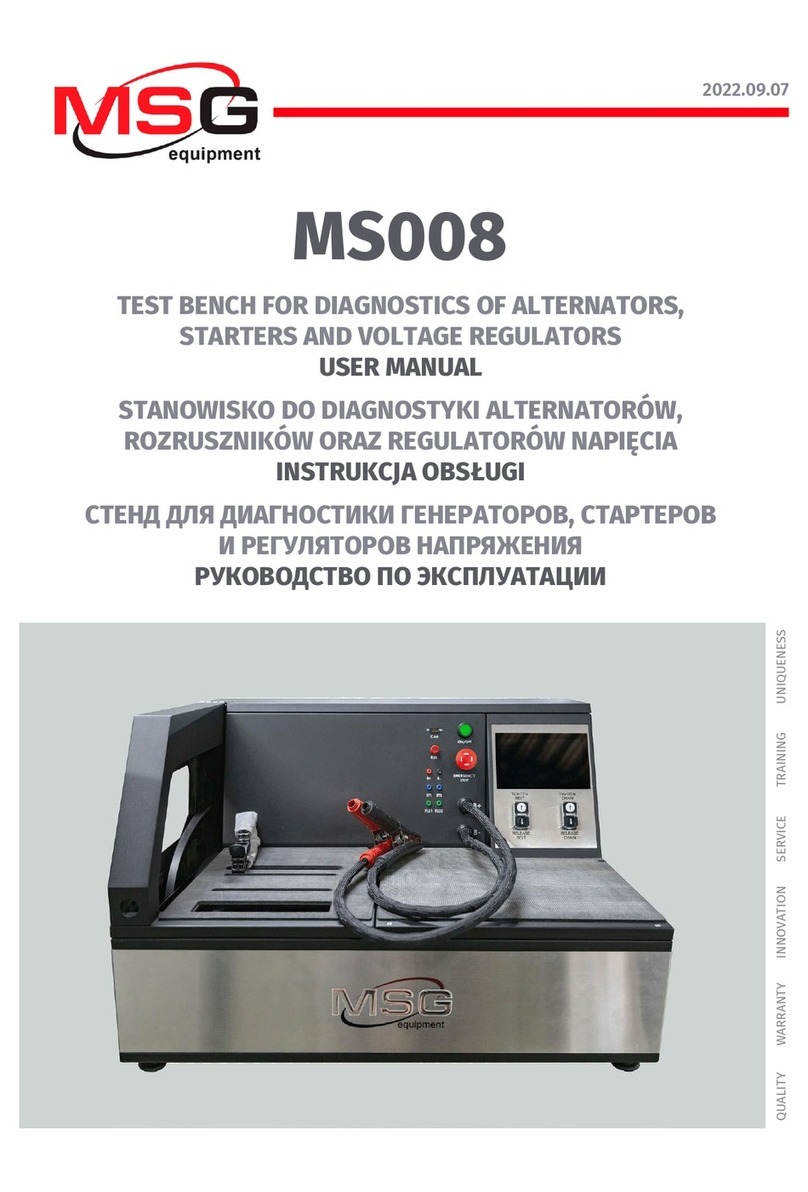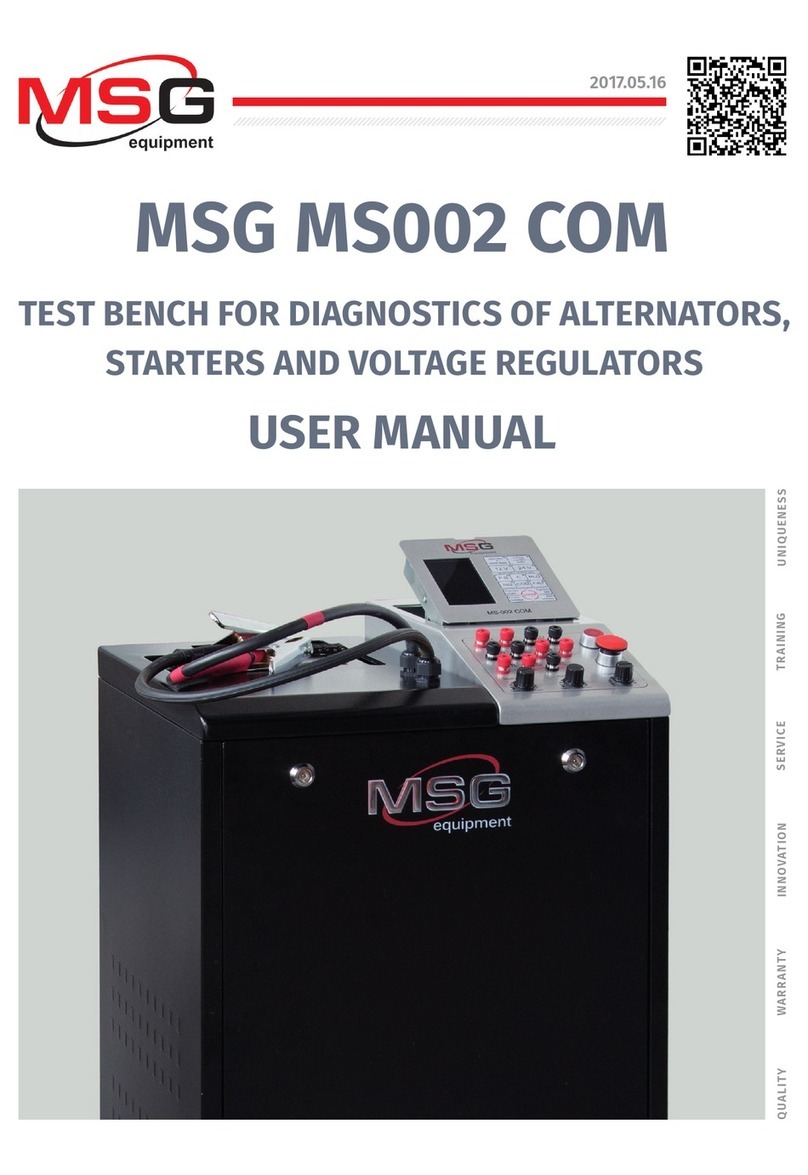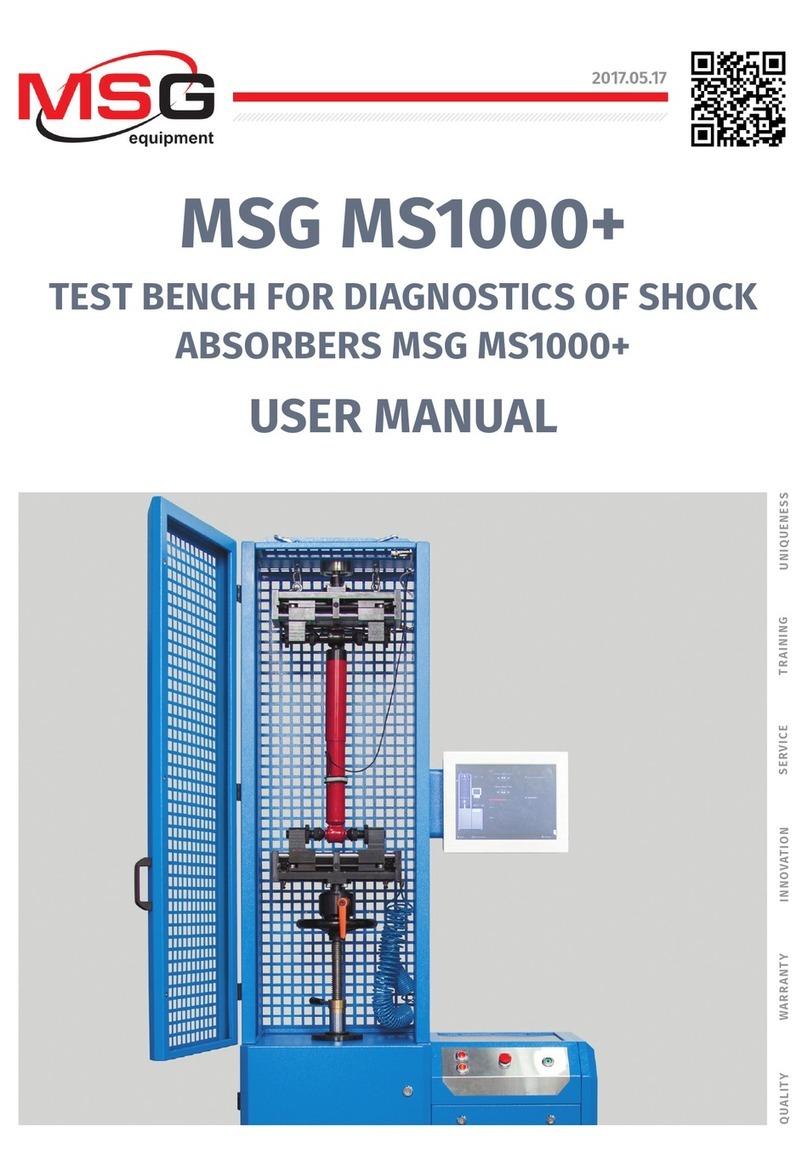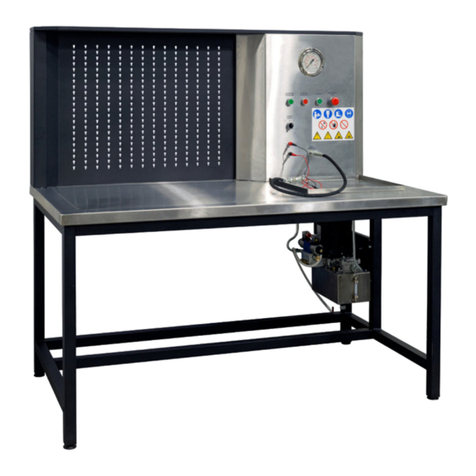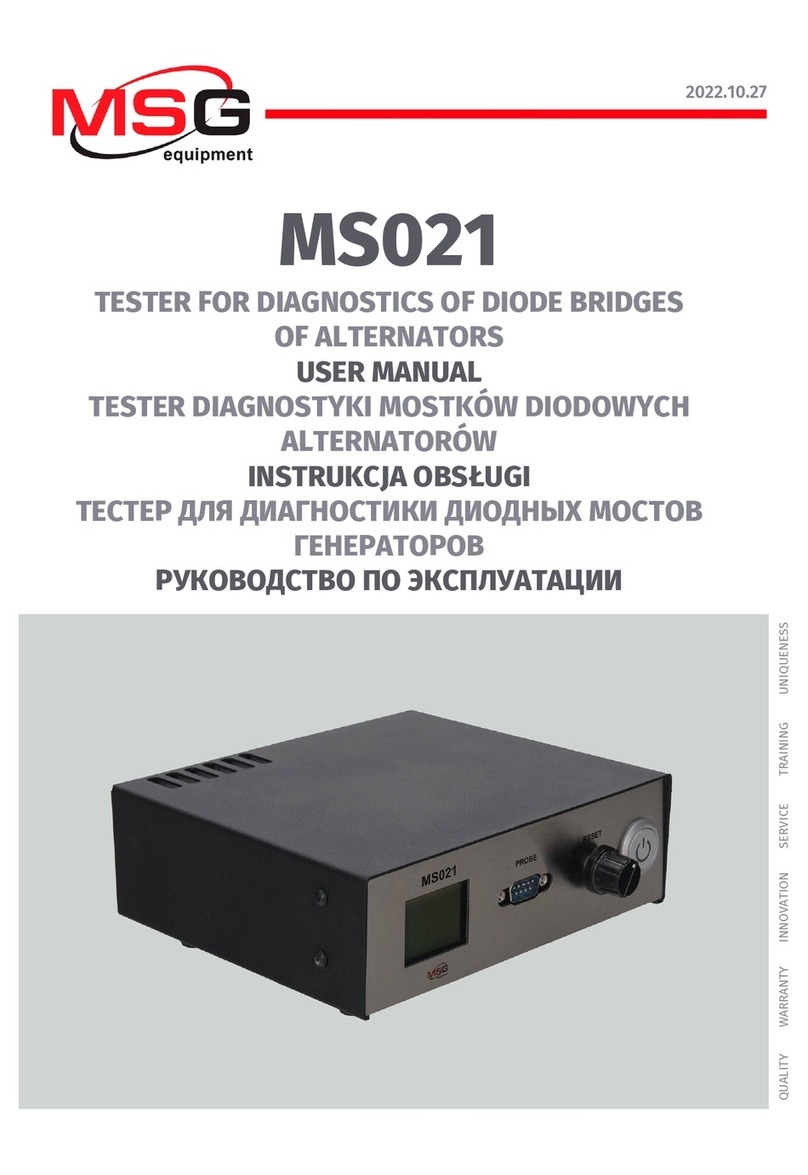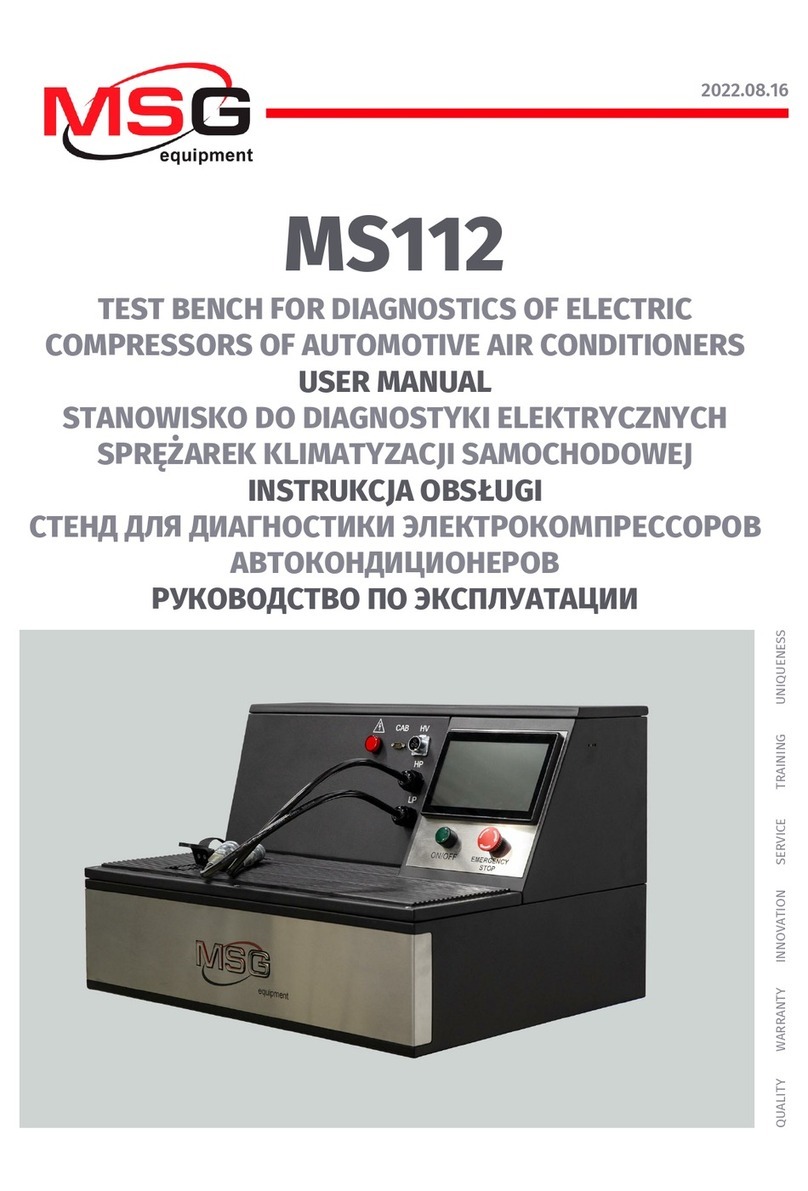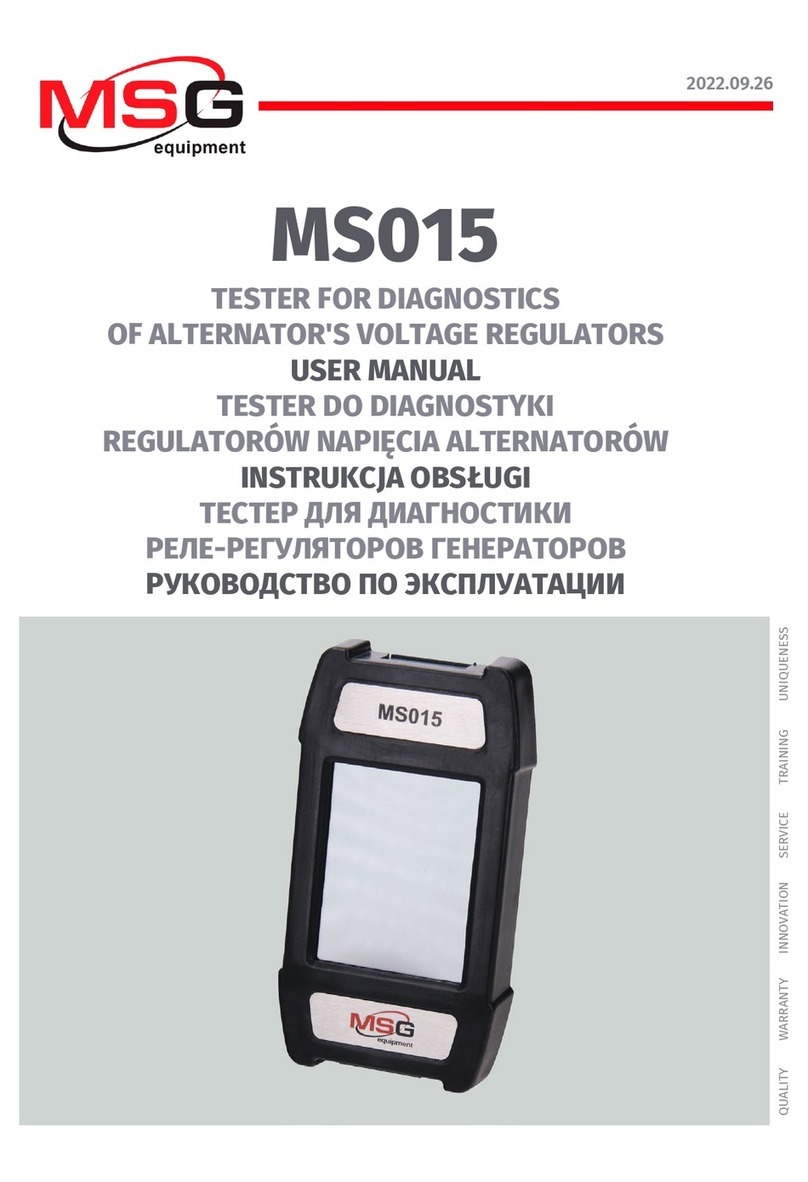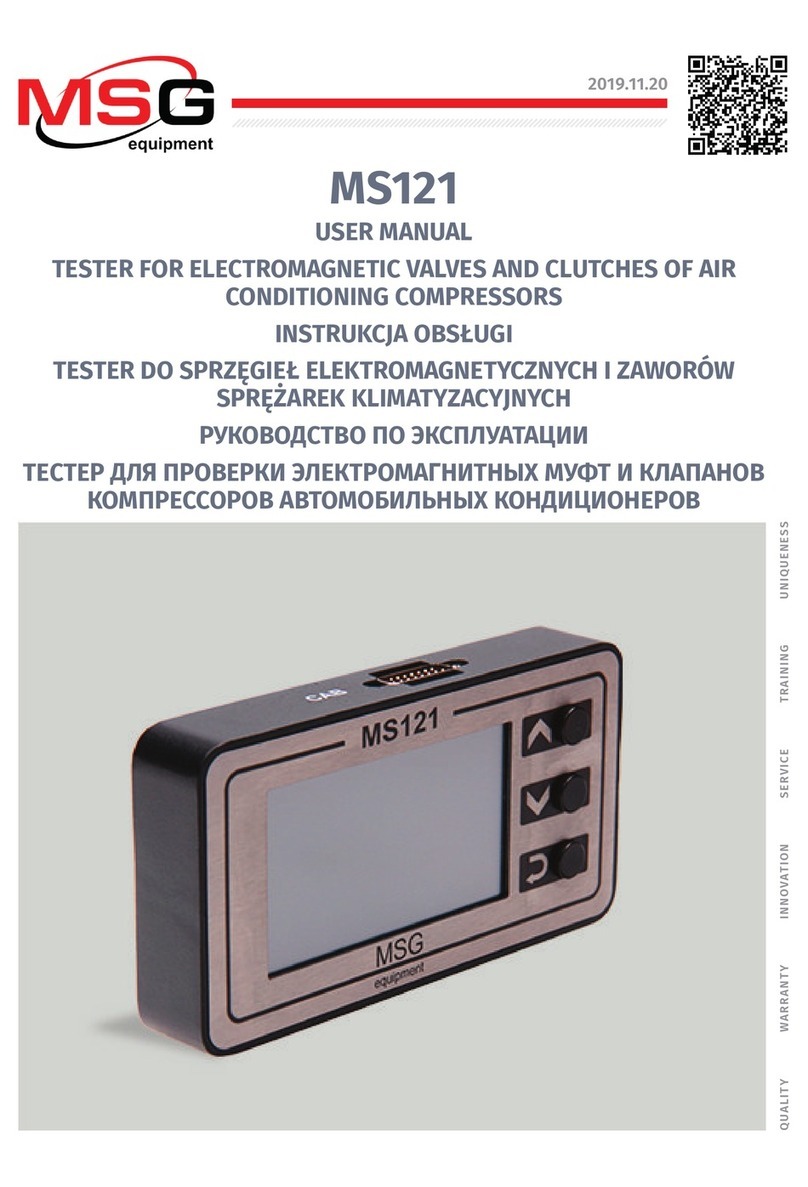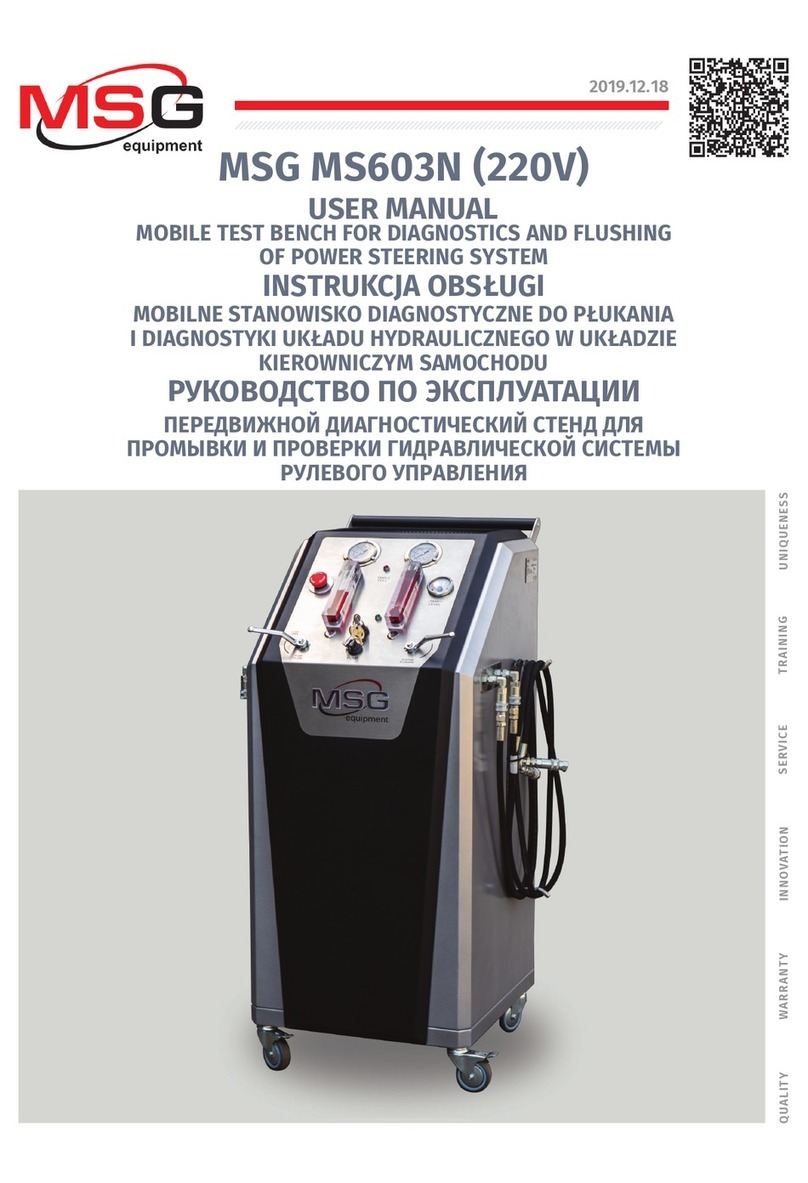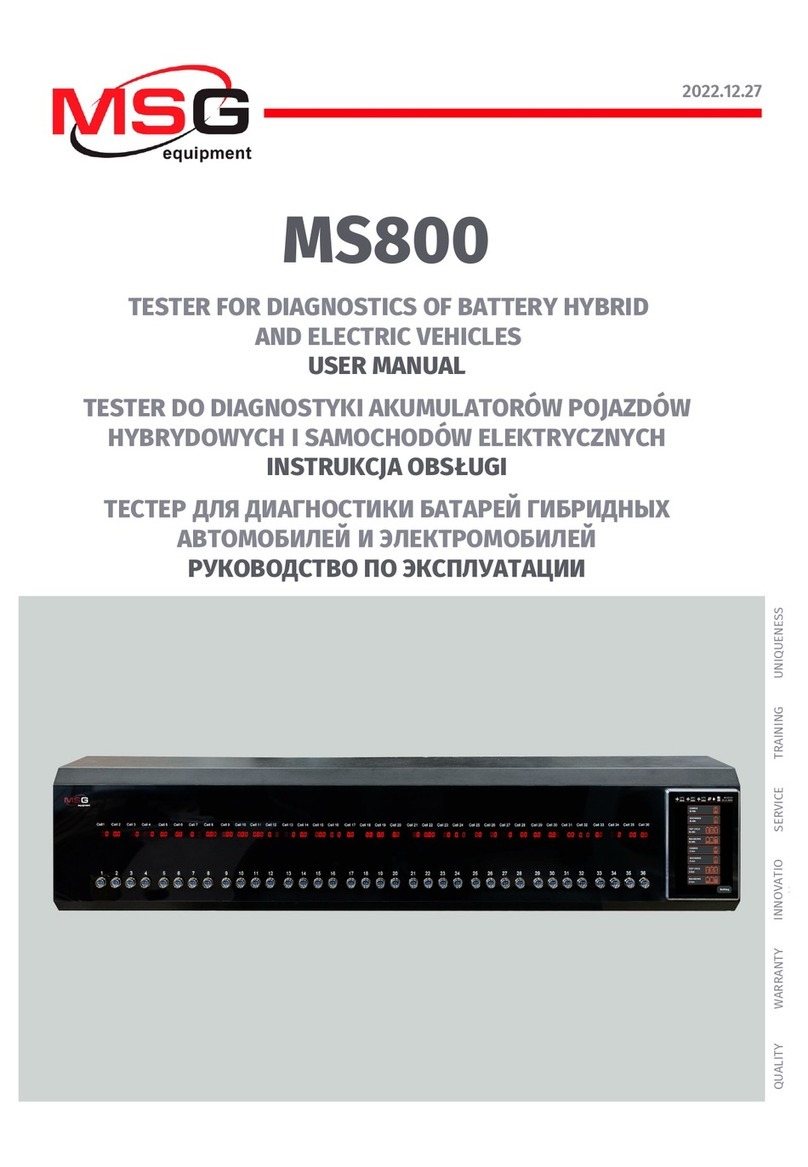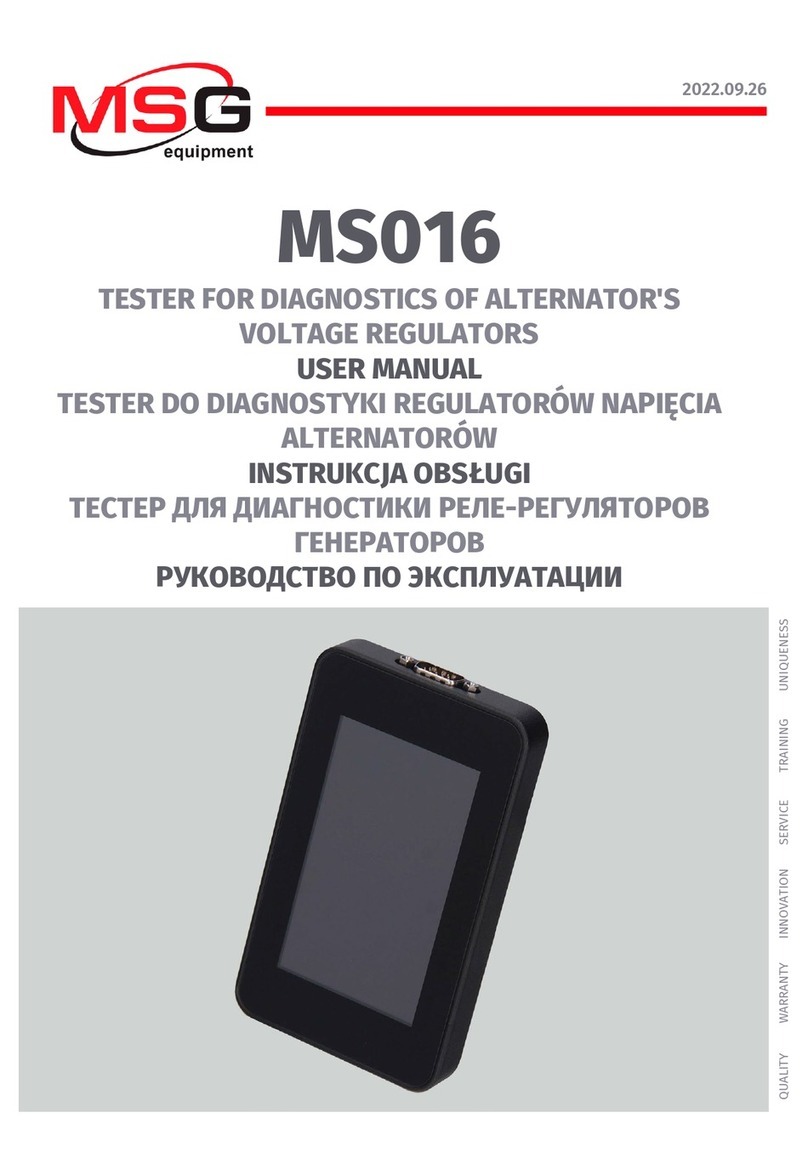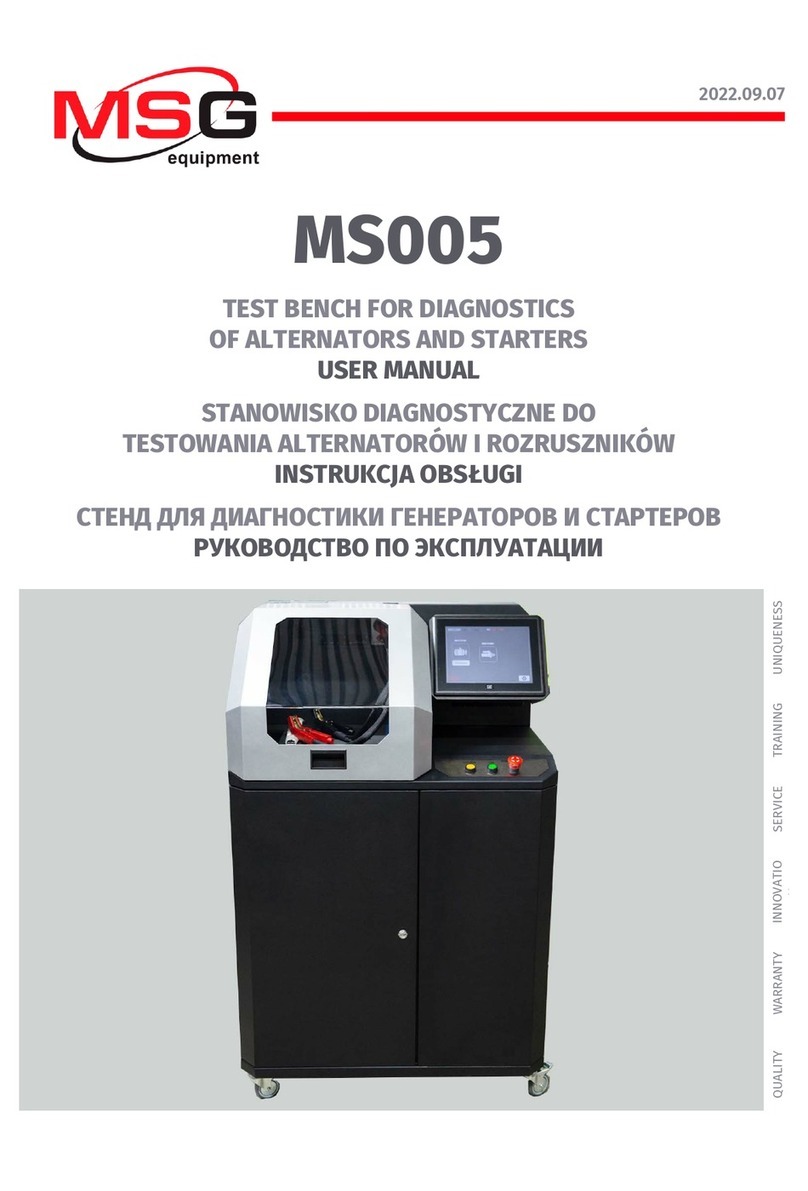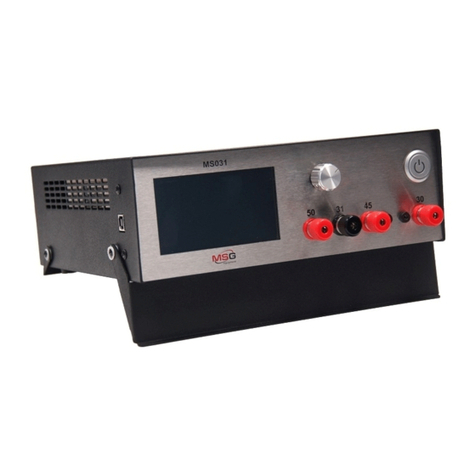
English
Operation manual
3
CONTENTS
INTRODUCTION....................................................................................................................................................4
1. TESTER DESCRIPTION.....................................................................................................................................5
2. TESTER MENU ................................................................................................................................................10
2.1. Test modes menu...............................................................................................................................12
3. INTENDED USAGE.......................................................................................................................................... 17
3.1. Safety regulations.............................................................................................................................. 17
4. DIAGNOSTICS OF VOLTAGE REGULATORS...............................................................................................17
4.1. Voltage regulator connection.........................................................................................................18
4.2. Diagnostics of voltage regulators of Lamp type....................................................................... 24
4.3. Diagnostics of voltage regulators of RLO, RVC, C KOREA types............................................. 24
4.4. Diagnostics of voltage regulators of C JAPAN type ...................................................................25
4.5. Diagnostics of voltage regulators of SIG, P-D types .................................................................25
4.6. Diagnostics of voltage regulators of COM 12V and 24V types ............................................... 26
5. ALTERNATOR TESTING................................................................................................................................ 26
5.1. Diagnostics of 12V alternators for Stop-Start Systems ........................................................... 28
6. FUNCTION “LIN Analyzer”.......................................................................................................................... 29
6.1. Analyzer Mode.................................................................................................................................... 30
6.2. Bomber Mode .....................................................................................................................................31
Appendix 1..........................................................................................................................................................32
CONTACTS.......................................................................................................................................................... 35
Appendix 2 ...................................................................................................................................................... 104
Appendix 3 .......................................................................................................................................................107
